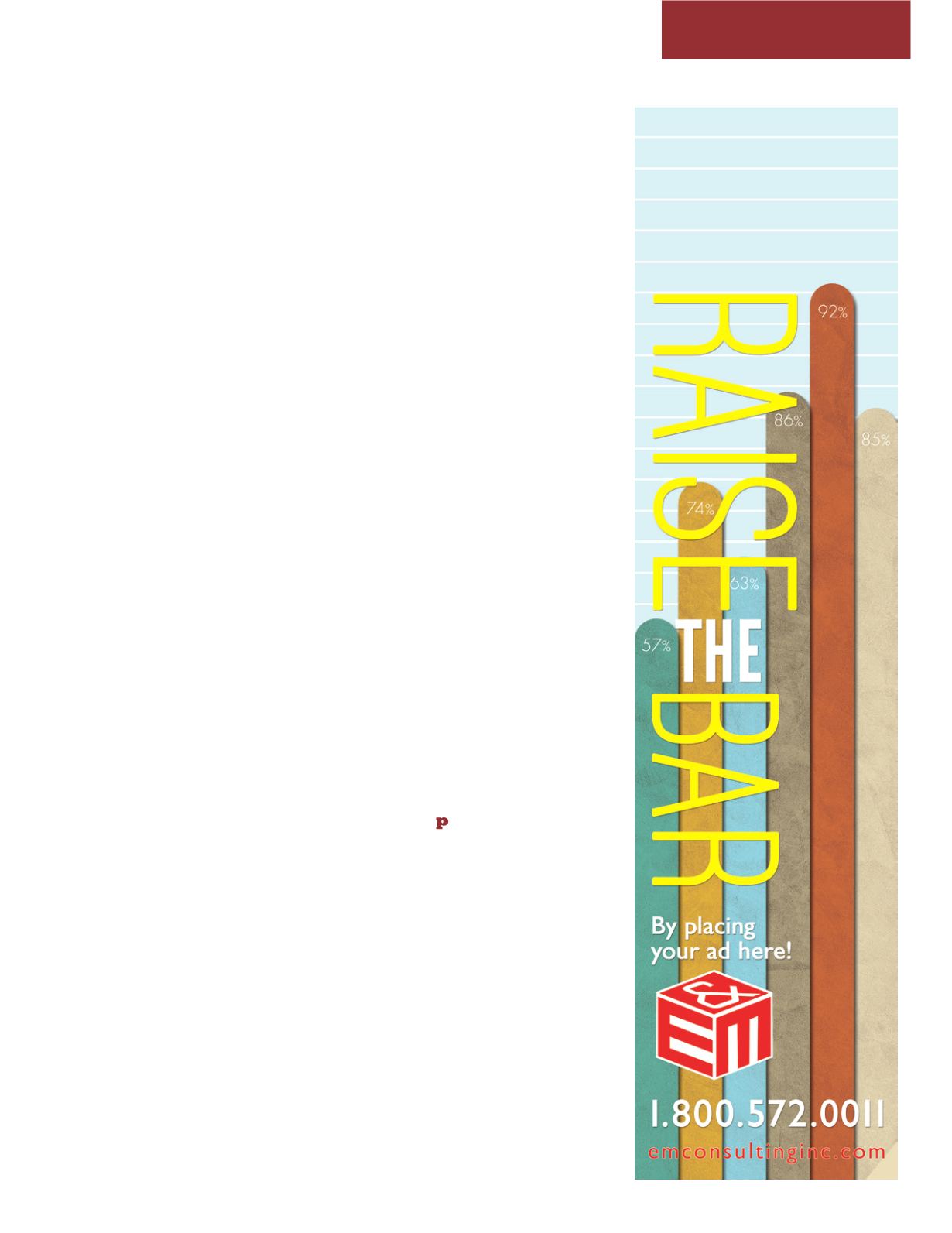
pace
>>
FALL 2013
15
will select a sample of organizations
for examination that reported
significant gross UBI, but ultimately
report no UBIT liability as a result of
deductions that reduced their taxable
net income to zero or a net loss. The
IRS’s concern is that organizations
may be avoiding payment of taxes due
by aggressively allocating expenses to
the UBI activity.
As a best practice, an association
should evaluate all of its activities
that produce revenue for potential
classification as UBI, and then
document their conclusions related
to the position that the association
is taking on whether the revenue is
considered UBI. This documentation
should include the facts and
circumstances that support the
association’s position in accordance
with IRS guidelines. Also, for any
activities that are considered UBI, the
association should develop a formal
cost allocation methodology to allocate
expenses to the UBI activity. The cost
allocation methodology should specify
which direct and indirect costs the
association will allocate to the activity,
what the basis is for the allocation,
and how the costs relate to the UBI
activity that allow them to be taken
as a deduction on the Form 990-T.
For example, personnel costs may be
allocated according to time and effort
dedicated to the UBI activity during
the course of the year. If an employee
spends 25% of their time soliciting
advertisements for the association’s
magazine, then it may be reasonable
to allocate 25% of that employee’s
salary, payroll taxes and benefits as
a deductible expense related to the
UBI activity. The association should
retain documentation to support any
estimates used in its cost allocation
methodology. In the example of
personnel costs, timesheets detailing
how many hours the employee
dedicated to the UBI activity during
the year would be strong support for
the personnel expenses allocated in
order to reduce the association’s UBIT
liability on Form 990-T.
The perception among associations
is often that UBIT is a negative for
their business. However, this is an
inaccurate assessment. Consider
that although an association may
be subject to UBIT on certain
of its activities, it still retains
a significant percentage of the
net income on the UBI activity
to subsidize other programs and
reinvest in the association. The
most important thing when it comes
to UBI is identifying what the
association’s exposure is by taking
the time to evaluate its revenue-
producing activities, and retaining
documentation to support whatever
position the association ultimately
takes with respect to its revenue and
allocated expenses. Should the IRS
conduct an examination relating to
the association’s UBI activities, the
association is in a better position to
support the revenue and allocated
expenses reported on the Form 990-T
if it retains sound documentation.
Penalties and interest for failure
to accurately report UBI can be
significant, and in some extreme
cases, could potentially bankrupt an
association.
The professionals at The Mercadien
Group have the expertise to assist
your association with evaluating your
exposure to UBIT and developing cost
allocation and document retention
policies that are in compliance with
IRS guidelines. For more information,
contact Ann C. Zawartkay, CPA, CGMA
Manager, at The Mercadien Group at:
.
<< Education


